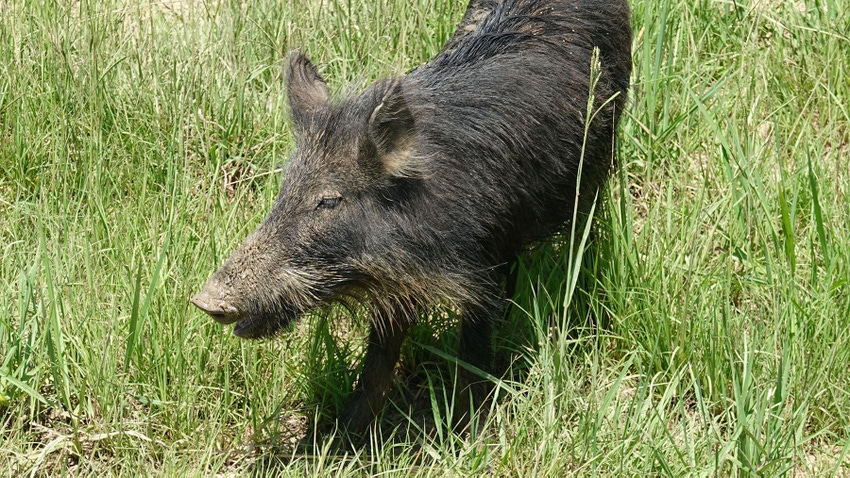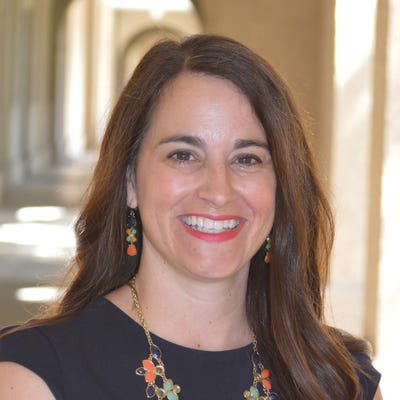
Louisiana is home to some of the most destructive invasive species found in the United States. The LSU AgCenter has long worked to monitor and manage these non-native insects, weeds and wildlife.
To better understand and control invasive species, the LSU AgCenter is developing a Center of Research Excellence for the Study of Invasive Species. The Louisiana Board of Regents approved the creation of the center on Sept. 20.
Invasive species cause $120 billion in damage in the U.S each year, harming agricultural production, human habitation, forestland, wetland or native species. They threaten economic and ecological stability, displace native species and increase agricultural production costs.
Matt Lee, LSU vice president for agriculture and dean of the LSU College of Agriculture, said this center will provide pioneering and transformational solutions to problems associated with invasive species in the southern United States, with the aim of mitigating the harm these organisms cause.
“The center will take a holistic approach to address invasive species issues. We will conduct research into management practices or changes in policies, foster the training of students or practitioners and provide opportunities to increase collaborations among research teams,” Lee said.
Cooperative involvement
In addition to the LSU AgCenter, the Center of Research Excellence for the Study of Invasive Species will involve LSU A&M and other Louisiana institutions of higher education with appropriate faculty expertise and will seek cooperation with fitting governmental and nongovernmental agencies.
Lee said the center will provide a framework for the creation of the Mississippi River Invasive Species Consortium, with the LSU AgCenter working as the coordinating institution for research, education and outreach efforts involving partner institutions in states along the Mississippi River.
The LSU AgCenter has several scientists conducting research on the identification, monitoring, management and economic impact of invasive species in Louisiana. LSU AgCenter entomologist Rodrigo Diaz has worked with invasive weeds and insects looking at biological control methods.
Diaz helped to identify the roseau cane scale which was implicated in the die-offs of roseau cane, an important marsh plant along the Mississippi River’s Bird's Foot Delta in the Gulf of Mexico.
“Having direct access to a multidisciplinary team of scientists will aid our research on invasive insects and weeds,” Diaz said. “We can expedite the development of comprehensive management plans by harnessing the diverse skills and techniques within our team, which include taxonomic and molecular identification of organisms, the creation of advanced monitoring methods, tracking the dispersal of pests into new regions and evaluating control tactics.”
Hog bait
Glen Gentry has devoted much of his recent research efforts to developing a bait for feral hogs, which cause more than $90 million in agricultural damage annually in Louisiana.
Gentry said the center will allow a more collaborative and focused effort on feral swine control.
“This type of networking from entities on either an existing or up-and-coming invasive species threats would create a more complete picture of the issue at hand,” Gentry said. “Because researchers would not be competing but collaborating, the available dollars would have a more significant impact on solving these issues.”
Other invasive species, such as apple snails, giant salvinia and the guava root-knot nematode, have threatened waterways, fisheries and agriculture.
Mike Salassi, LSU AgCenter executive associate vice president overseeing research said the center is essential for taking a proactive approach to managing threats from invasive species and the LSU AgCenter is the ideal place for it.
“The lower Mississippi River Delta region is vulnerable to these threats because the large volume of trade through ports makes it a likely route of introduction of invasive species,” Salassi said. “In Louisiana, climatic, agricultural and geographical features of the region make it susceptible to impacts from the establishment of invasive species.”
Lee said the LSU AgCenter is working with the Louisiana congressional delegation and other key congressional agriculture leaders in Washington, D.C., to find a possible solution to mitigate the economic, environmental and social threats that new non-native pest species could create to the safety and security of U.S. food and natural resources.
“Through these efforts, researchers, educators and producers across the entire Mississippi River watershed can create and introduce programs and plans that will aid in identifying and mitigating these threats before their full impact is realized,” Lee said.
Source: Louisiana State University AgCenter
About the Author(s)
You May Also Like






